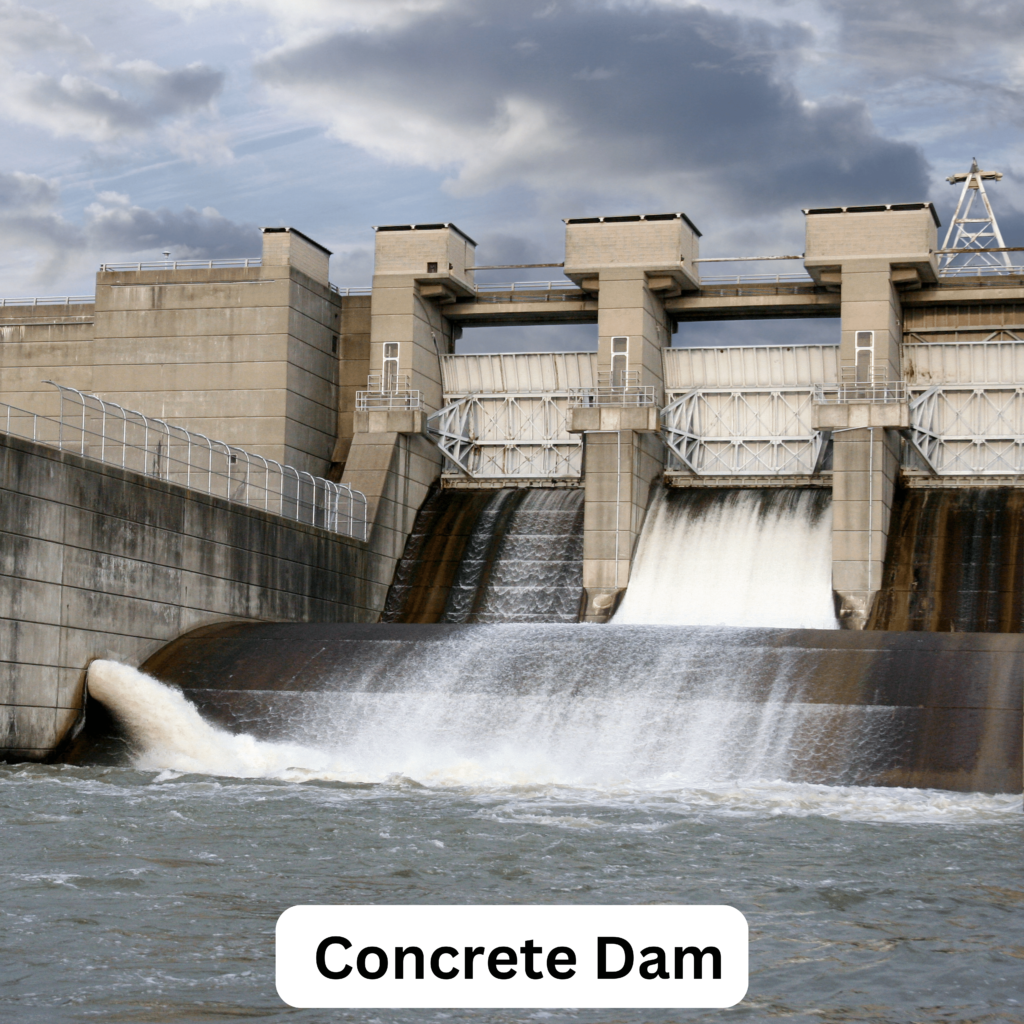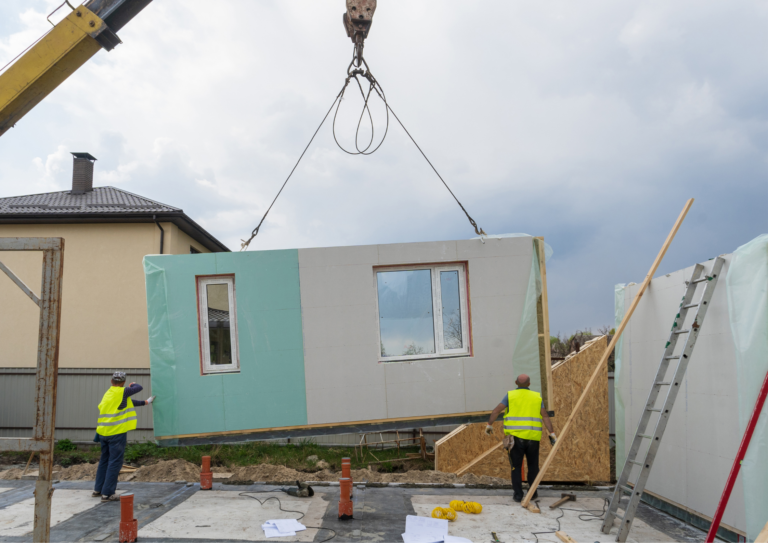Dams are massive structures built across rivers or other water bodies to control, store, and regulate water flow. Furthermore, they help manage water resources, provide hydroelectric power, and protect communities from floods. There are different types of dam that are used in the world depending upon the terrain and site conditions. The engineers and designers select the types of dams to be built after analyzing the site conditions. Lastly, this blog sheds light on different types of dam, their subtypes, their advantages and disadvantages and their real-life examples.
Table of Contents
Types of Dams
There are different types of dams which are used in the world. Dam types depend upon factors like site conditions, water flow, etc. Some of the most famous types of dams are discussed below;
1. Embankment Dams

Embankment dams are one of the most common types of dams built around the world. They are constructed by compacting soil, rock, or other materials to form a barrier against water.
Types of Embankment Dams
There are three types of embankment dams based on the type of materials being used;
| Types Of Embankment Dams | Description |
|---|---|
| Earthfill dams | These are built by compacting earth and other materials |
| Rockfill dams | They are constructed by placing layers of rock on top of each other |
| Concrete-faced dams | Dams are built by placing a layer of concrete on top of a compacted fill material |
Advantages and Disadvantages of Embankment Dams
| Advantages | Disadvantages |
|---|---|
| Cost- Effective | Easy to construct | Can be built in areas which is rocky in nature | More flexible | Risk of failure due to overtopping or foundation instability | Dam’s integrity can also be compromised by soil erosion or earthquakes | Can also lead to land-use conflicts and environmental impacts |
2. Concrete Dams

Concrete dams are known for their durability and longevity, and they can be used for a variety of purposes, from flood control to hydropower generation.
Types of Concrete Dams
| Types Of Concrete Dams | Description |
|---|---|
| Gravity Dams | They rely on their weight and size to resist the force of water pushing against them. They are typically wide at the base and narrow at the top, and they can range in height from a few meters to over 200 meters. |
| Arch Dams | Arch dams are curved, and they rely on the arch shape to resist the force of water pushing against them. They are typically thinner at the base and wider at the top, and they can be over 200 meters tall. |
Advantages and Disadvantages of Concrete Dams
| Advantages | Disadvantages |
|---|---|
| Concrete Dams are incredibly durable | They are strong and can resist the force of water pushing against them | Dams can be used for a variety of purposes like hydroelectricity, etc. | Concrete dams are expensive to build | They have a significant impact on the environment | They require regular maintenance to ensure their long-term durability |
3. Buttress Dams

A buttress dam is a type of concrete dam that relies on a series of buttresses or supports on the downstream side of the dam to resist the force of the water.
Types of Buttress Dams
| Types of Buttress Dams | Description |
|---|---|
| Multiple Buttress Dams | Multiple buttress dams have multiple concrete buttresses spaced along the length of the dam. The space between the buttresses is filled with concrete, creating a series of vertical walls called panels. Multiple buttress dams can be further classified into two types: Symmetrical and Asymmetrical. |
| Single Buttress Dams | They are placed at a central location along the length of the dam. The space between the buttress and the abutments is filled with concrete, creating a horizontal slab. |
Advantages and Disadvantages of Buttress Dams
| Advantages | Disadvantages |
|---|---|
| Buttress dams are limited in height due to the horizontal forces generated by the water pressure | Require regular maintenance | are not aesthetically pleasing | They can take longer to construct compared to other types of dams | Buttress dams are limited in height due to the horizontal forces generated by the water pressure | Require regular maintenance | and are not aesthetically pleasing | They can take longer to construct compared to other types of dams |
Conclusion
The dams are used for different purposes like electricity generation, storing water for future use, etc. The three types of dams given above are the most common ones. Different types of dams have their own advantages and disadvantages. Thus, conditions on site must be kept in mind while opting for the type of dams for construction.






1 comment
5 Unique Uses of Braced Cofferdam You Need to Know
[…] construct foundations for piers and abutments of bridges, dams, […]